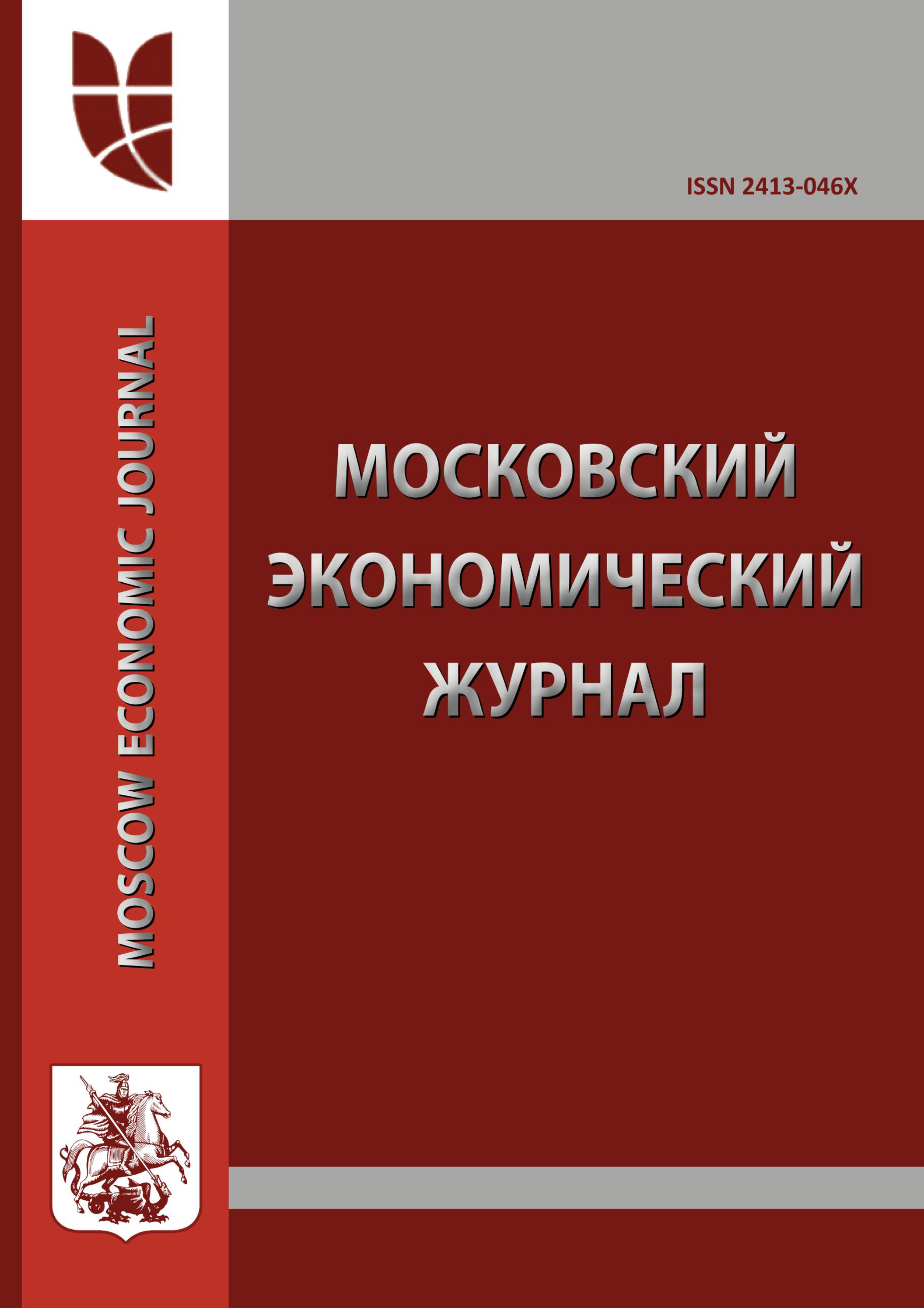Russian Federation
Russian Federation
The article features an overview of current status of catchable bioresources in Kazakhstan part of the Caspian Sea. Multiannual data on fish catches have been analyzed and trends in species composition and quantity of commercial bioresources have been found. A link between efficiency of reproduction, commercial fish stock, and hydrological conditions in the water basin, in particular, annual average water flows. Data on artificial reproduction of sturgeons havebeen provided. Data on species composition and stock quantity are grouped by biological taxa, including seal, an aquatic mammal. Conclusions for sustainable fishing in the Ural and Caspian commercial fishing region have been made.
bioresources, fish stock, species composition, reproduction, catches, numbers
1. Salmanov M.A. Ekologiya i biologicheskaya produktivnost' Kaspiyskogo morya. Baku, 1999. S. 3-4.
2. Kazancheev E.N. Ryby Kaspiyskogo morya: Opredelitel'. M., 1981. 168 s.
3. Annotirovannyy katalog kruglorotyh ryb kontinental'nyh vod Rossii. M.: Nauka, 1998. 218 s.
4. Konstatinov K.G. Biologiya molodi osetrovyh ryb Nizhney Volgi / tr. Saratovskogo otd. Kaspiyskogo filiala VNIRO. 1953. T. II. S. 56-70.
5. Belyaeva V.N., Ivanov V.P., Zilanov V.K. Nauchnye osnovy ustoychivogo rybolovstva i regional'nogo raspredeleniya promyslovyh ob'ektov Kaspiyskogo morya. M.: VNIRO. 1998. S. 47.
6. Kim Yu.A., Islamgazieva R.B., Bokova E.B. Estestvennoe vosproizvodstvo promyslovyh vidov ryb v nizov'e r. Ural // Ekologiya molodi.











